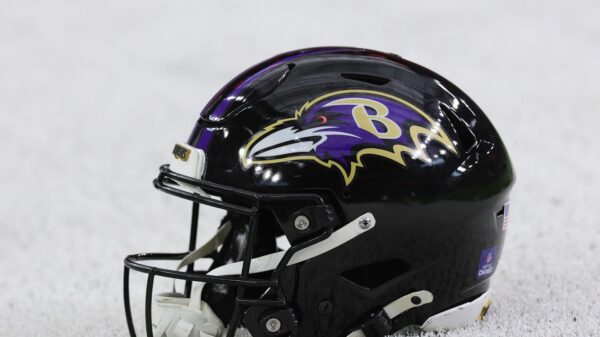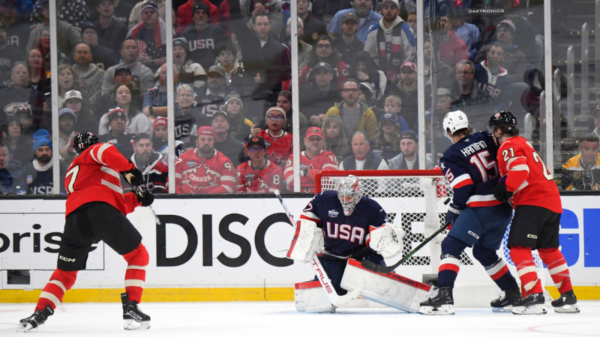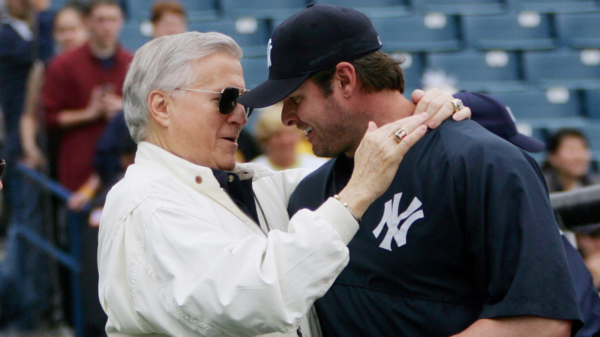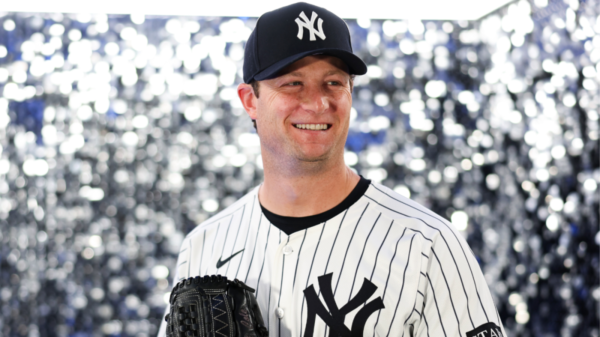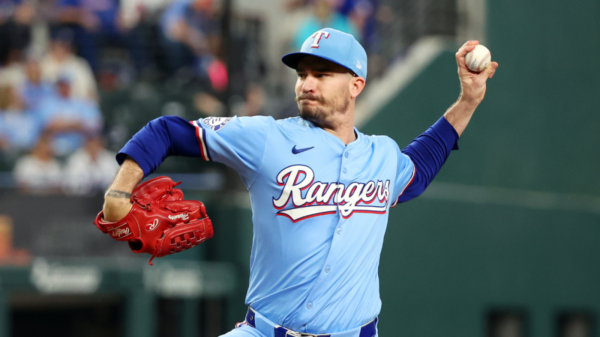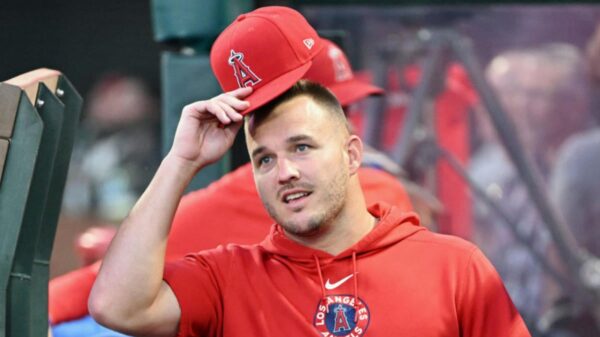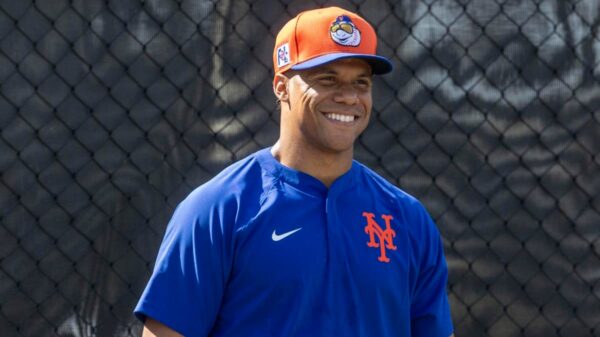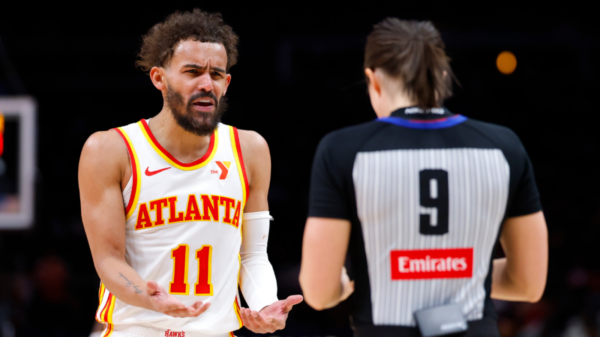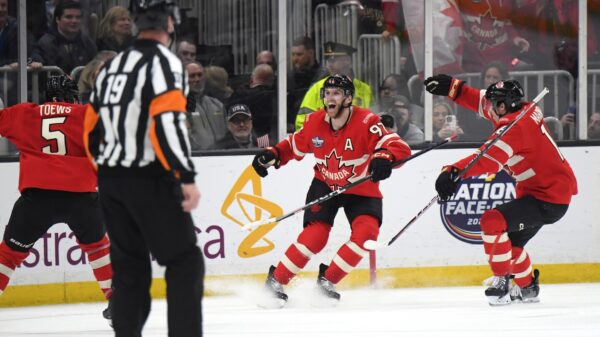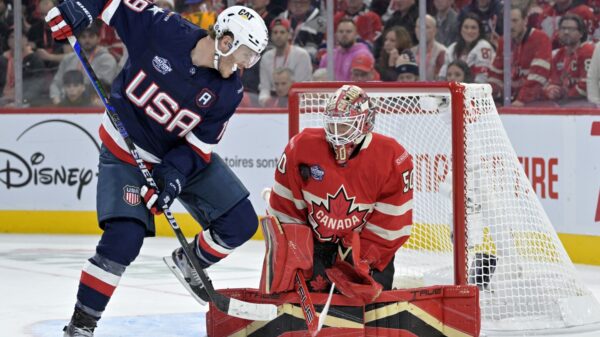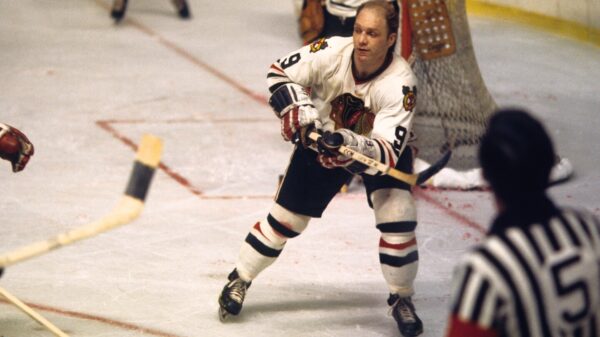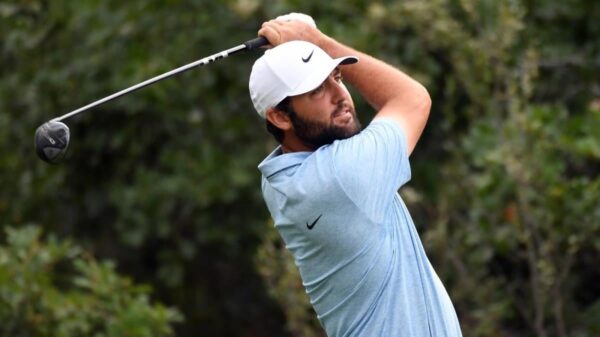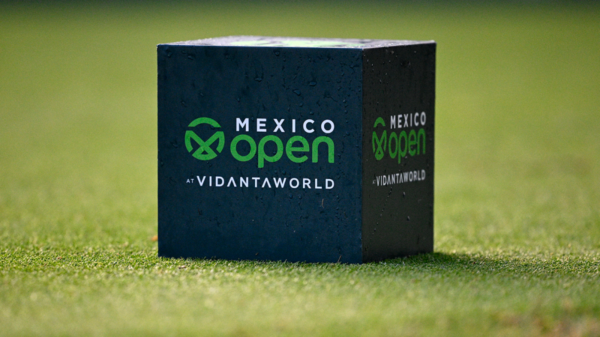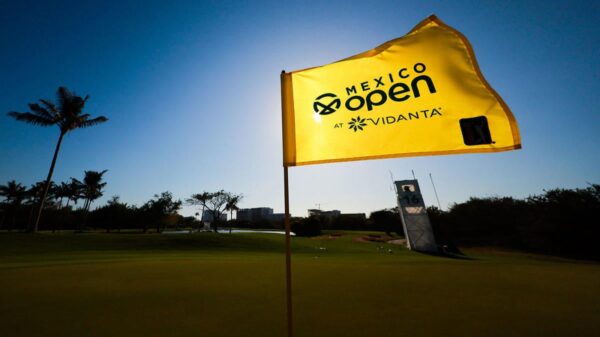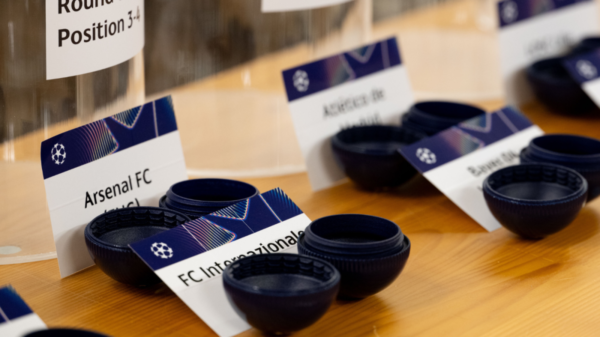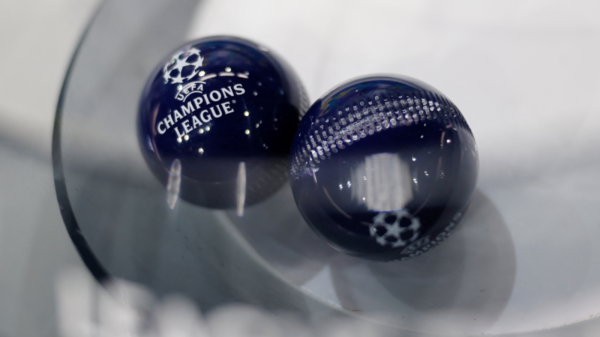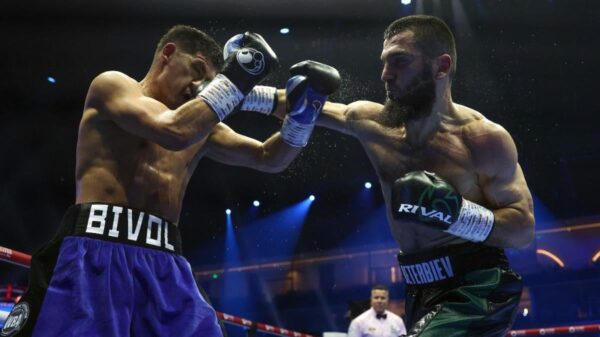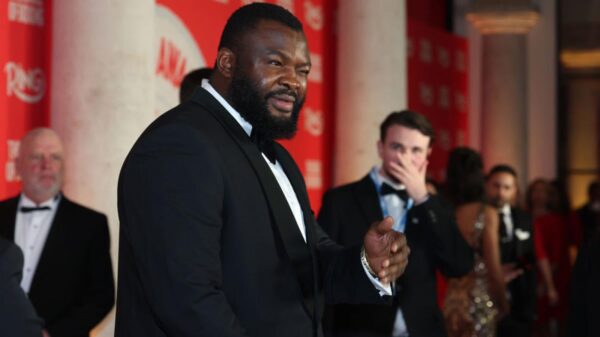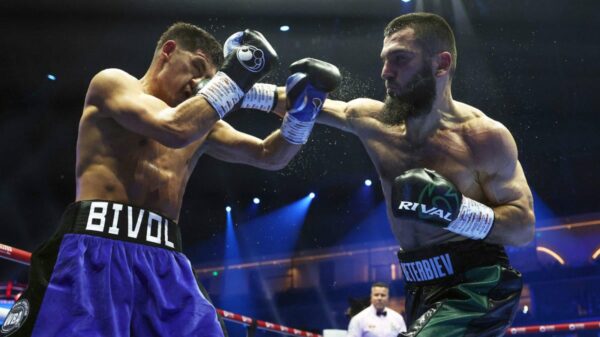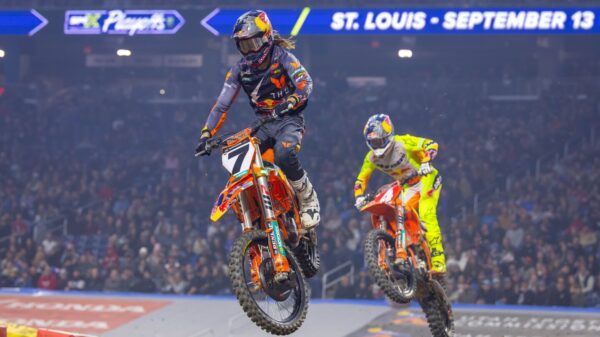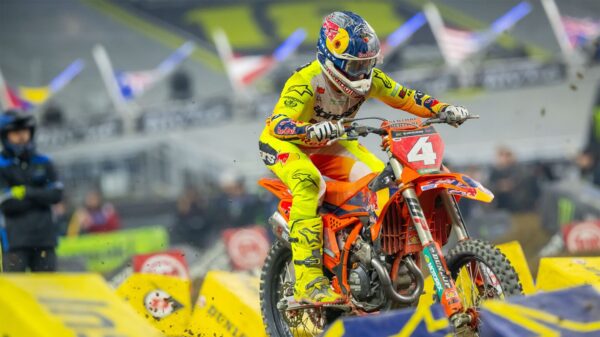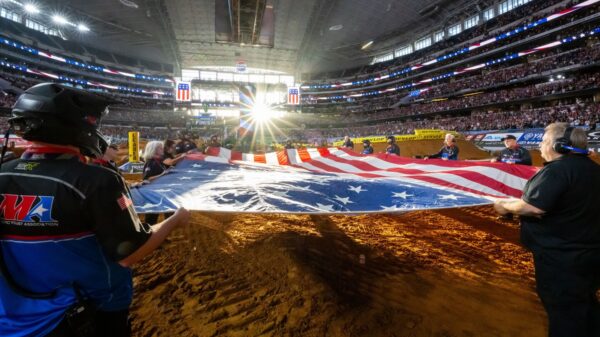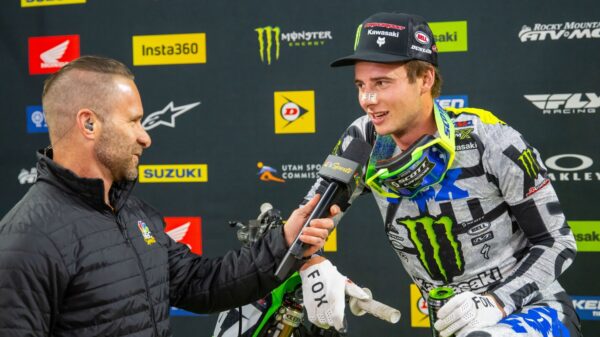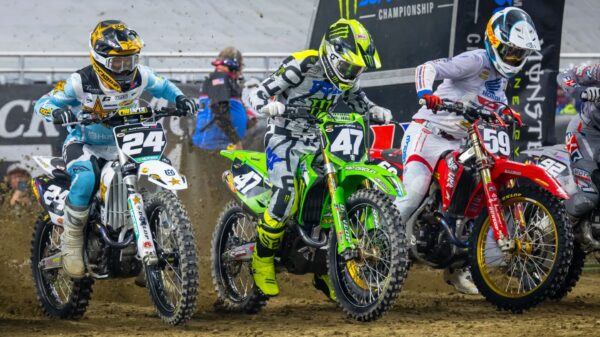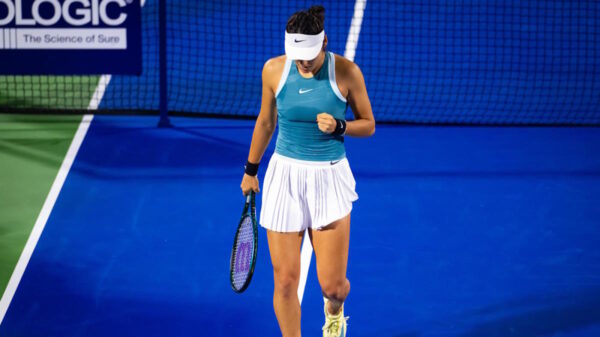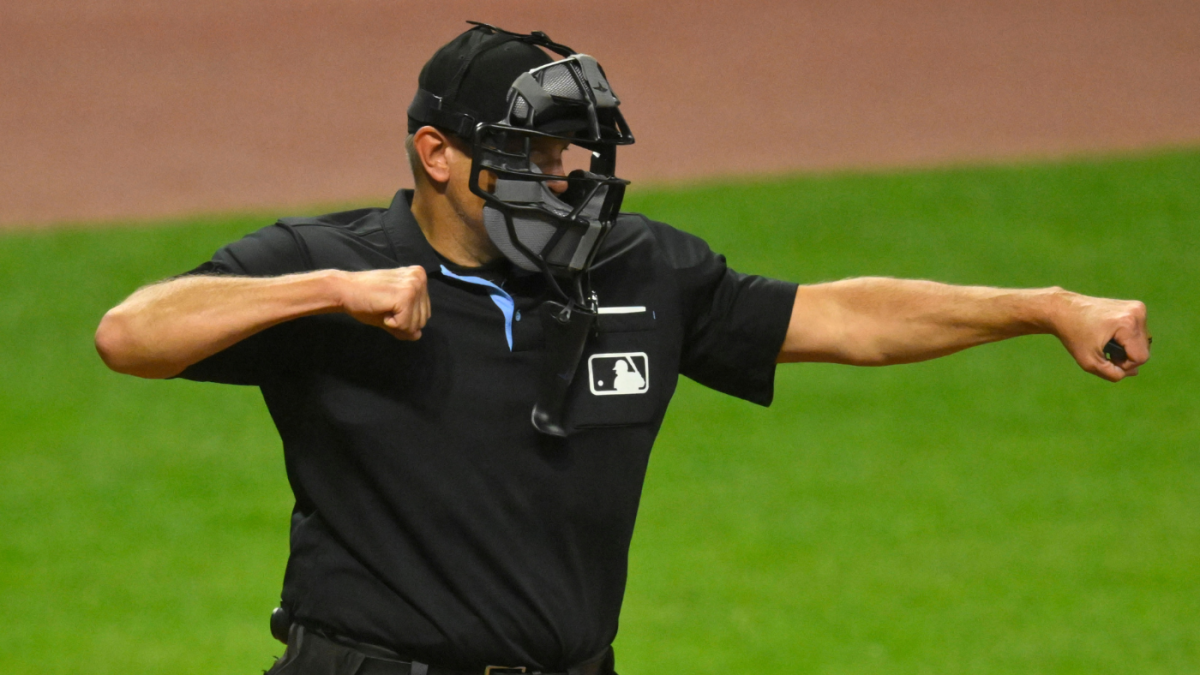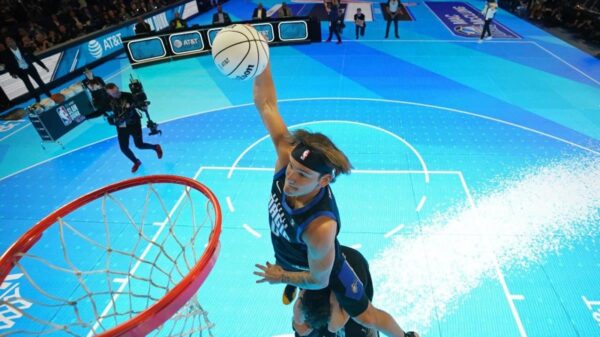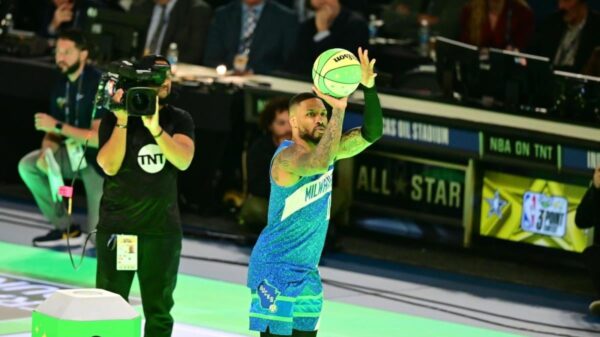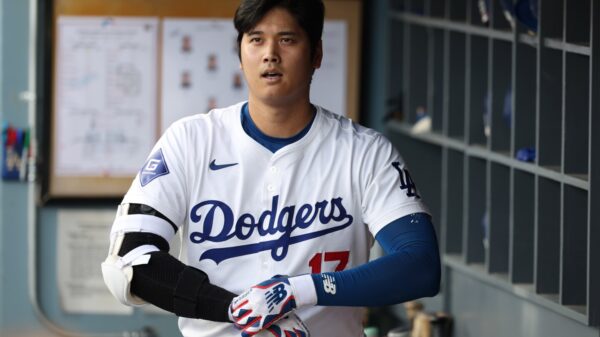Major League Baseball’s exhibition season gets underway Thursday afternoon, when the Chicago Cubs and Los Angeles Dodgers open up the Cactus League. (Grapefruit League action commences Friday.) This spring training will introduce a new element to the action: for the first time, MLB will employ the automated ball-strike system (ABS for short) during big-league contests.
ABS is, for those unfamiliar with the concept, what people want when they call for “robo umps.” The system determines each pitch’s location (i.e. a ball or a strike) using a Hawk-Eye camera. Unlike with human umpires, who studies have shown adjust the strike-zone parameters based on the count, ABS maintains a rigid definition of the strike zone based on each batter’s height. MLB will not be using ABS this spring to determine every call; rather, the league is employing a “challenge” system that will give players and teams the chance to question close calls.
Below, CBS Sports has answered five other major questions you might have about ABS, the challenge system, and when MLB might take this spring experiment to the regular season.
1. How does ABS work?
As noted above, ABS functions by using advanced camera and limb-tracking technology to craft individualized strike zones and determine pitch location. A few years ago, engineers familiar with the inner workings of ABS explained that it features four discrete subsystems:
- The MLB tracking system;
- An interface the ballpark operator uses to set the correct batter;
- An MLB server that receives the tracking data and has the ball-strike evaluation code;
- A low-latency communication system to relay calls to the umpire
The individualized strike zone aspect cannot be stressed enough as a positive. Anyone who has watched a ballgame featuring a generic strike zone overlay knows that there are no attempts at adjusting for the batter’s stance. The box stays the same for Aaron Judge and Jose Altuve. That won’t be the case with ABS, which will lean upon the aforementioned limb-tracking technology to enhance its strike zone rulings.
Baseball America explained that process in more detail last summer: “The new zone will mean each player’s strike zone is uniquely tied to their body and stance rather than a universal formula. The new strike zone is hoped to more closely resemble the strike zone used by human umpires, although the top end is still designed to be lower than the top end of the MLB strike zone.”
2. Has ABS been tested before?
Absolutely. In fact, ABS has been deployed all over the place dating back over the last six seasons — to the extent that the big-league level amounts to a final frontier of sorts for ABS.
MLB first conducted ABS testing within the independent Atlantic League in 2019. The COVID-19 pandemic delayed implementation at the minor-league level until 2021. Since then, MLB has introduced it all the way up to the Triple-A level.
Last season saw further experimentation, with Triple-A games featuring a different approach to ABS depending on the day of the week. Triple-A (and Florida State League contests hosted at stadiums with the technology) played from Tuesday through Thursday were called fully by the ABS. Meanwhile, games played from Friday-Sunday were umpired using the challenge system that MLB will use this spring.
What’s the difference between the two approaches? Glad you asked.
3. What is the “challenge” system?
The challenge system is, essentially, a compromise between full and zero automation. Human umpires will still call the action like normal, but teams will now possess the ability to double-check a pitch’s location using technology on a limited basis.
Indeed, every team this spring will have two challenges they can use to review pitches throughout a game. If a team challenges a pitch and “wins,” then they will retain said challenge for future usage, similar to the replay system already used in the majors.
You may wonder what this looks like in practice. Will there be overly demonstrative gestures? Will the challenges require lengthy breaks in the action to get a call correct? Rest assured that the challenge system isn’t particularly intrusive (managers won’t be chucking yellow flags onto the field) and that it doesn’t take very long to play out. Here’s an example:
See? Painless.
4. Will all spring training games feature ABS?
No. The technology required to use ABS and the challenge system is not available at every ballpark. Thus, some clubs will gain far more exposure to the system than their peers. As our Mike Axisa recently noted: “On average, each team will play 20 games with the challenge system this spring. The Diamondbacks lead the way with 29 such games. The Cubs will have only seven.”
5. Is it ever coming to the regular season?
MLB hasn’t made anything official at this point, and presumably won’t until later in the year. Nonetheless, it stands to reason that ABS could become a fixture as soon as the 2026 campaign if everything goes smoothly.
“I would be interested in having it in ’26,” commissioner Rob Manfred told the Associated Press in November. “We do have a collective bargaining obligation there. That’s obviously a term and condition of employment. We’re going to have to work through that issue, as well.”
According to The Athletic, MLB’s new collective bargaining agreement with the umpires (signed last December) allows the league the right to implement ABS. Additionally, MLB owns a majority of votes on the 11-person competition committee, the governing body that dictates rule changes. As such, the league holds all the power in determining when ABS becomes more than a spring fling.
“There’s two sides to that test,” Manfred said. “It’s what the clubs think about it and also what do the players think about it? And we’re going to have to sort through both of those.”
Read the full article here




